If you’ve ever had the unfortunate experience of blowing your subwoofer, you know it can be a real pain to fix it. Finding someone who can even work on them may be difficult, depending on where you live. In this post, we’ll walk you through how to fix a blown subwoofer so that you can get back to enjoying your music as soon as possible. We’ll also provide some tips on how to prevent this from happening again in the future. Let’s get started!
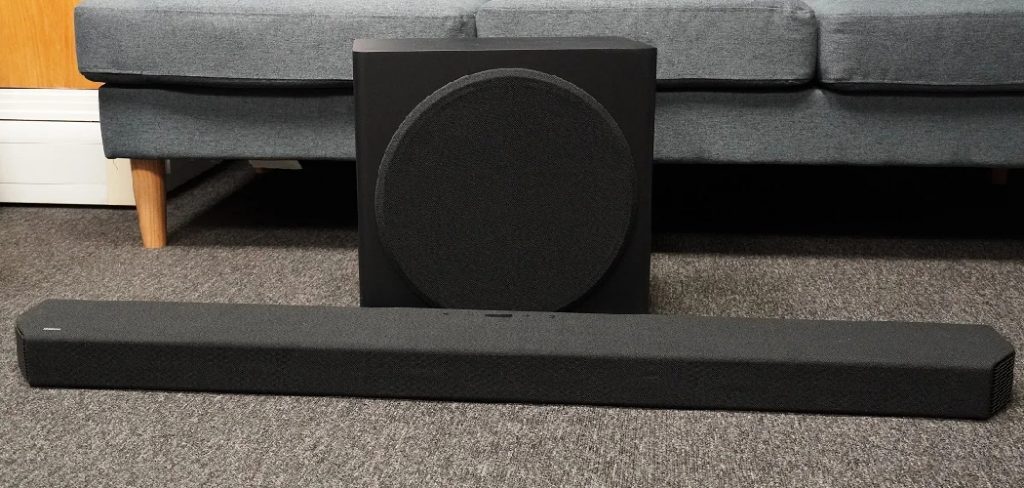
Summary: If your subwoofer has blown out, there are several steps you can take to fix it. Start by adjusting the voice coil and amplifier. Then check the wiring, fuse, capacitor and connections for any dirt or debris that needs to be cleaned. Lastly, check the subwoofer settings and if needed, call a professional to help with repairs.
What Causes a Subwoofer to Blow?
There are a few things that can cause your subwoofer to blow. The most common cause is playing it too loud for too long. This can cause the voice coil to overheat and eventually burn out. Another common cause is a short circuit in the subwoofer’s electrical system. This can happen if the subwoofer is damaged or if it’s not properly wired.
Additionally, using an amplifier that’s too powerful for the subwoofer can also cause it to blow. Another common cause of blown subwoofers is using the wrong type of amplifier. If you’re using a home theater receiver to power your subwoofer, ensure it’s rated for use with subwoofers. Finally, using the wrong type of speaker wire can also cause your subwoofer to blow.
Some Effective Ways on How to Fix a Blown Subwoofer
1. Adjust the Voice Coil
The first thing you’ll want to do is check the voice coil. If it’s damaged, you’ll need to replace it. If it’s not damaged, you can try adjusting it. This is a delicate process, so be careful not to damage the voice coil. First, loosen the screws that hold the voice coil in place. Next, gently push on the voice coil until it’s in the correct position. Finally, tighten the screws back down. If the voice coil is severely damaged, you’ll need to replace it.
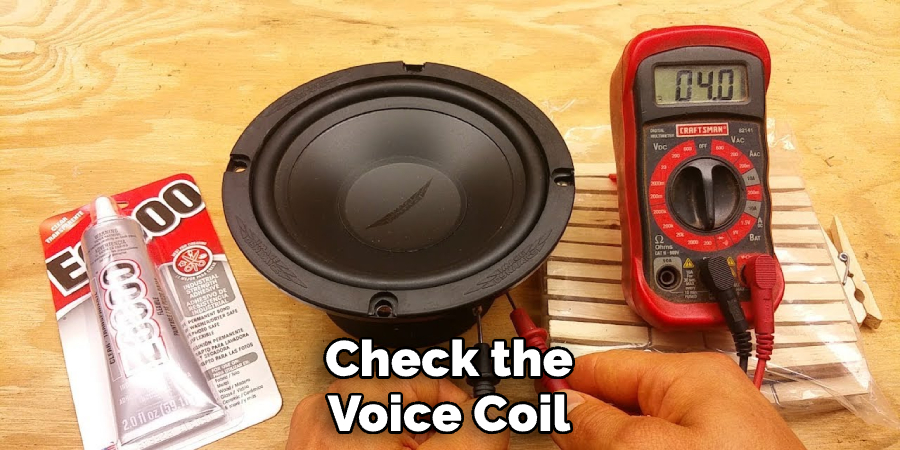
2. Adjust the Amplifier
If the amplifier is too powerful for the subwoofer, it can cause the subwoofer to blow. You’ll need to adjust the amplifier so that it’s not putting out too much power. First, find the knob or switch that controls the power output. Next, turn it down until the subwoofer receives the correct amount of power. If you’re unsure how much power the subwoofer can handle, consult the owner’s manual.
3. Check the Wiring
If the subwoofer’s wiring is damaged, it can cause the subwoofer to blow. You’ll need to inspect the wiring and replace any damaged wires. First, disconnect the subwoofer from the amplifier. Next, remove the screws that hold the speaker wire in place. Finally, inspect the wires and replace any that are damaged. Use speaker wire that’s the same gauge as the original wire. Avoid using speaker wire that’s too thin or too thick.
4. Replace the Fuse
If the subwoofer has blown a fuse, it will need to be replaced. First, find the fuse that’s blown. It will likely be a different color than the other fuses. Next, get a replacement fuse that’s the same size and type. Finally, insert the new fuse into the fuse holder and screw it in place. It’s important to use the correct size and type of fuse. If you’re unsure, consult the owner’s manual.
5. Replace the Capacitor
If the capacitor is damaged, it will need to be replaced. You can purchase a replacement capacitor at most electronics stores. If the capacitor is not damaged, you may be able to repair it by resoldering the connection. First, disconnect the power to the subwoofer. Then, remove the old capacitor and heat up the solder connection with a soldering iron. Once the solder is melted, remove the old capacitor and add a new one. Finally, reconnect the power and test the subwoofer to see if it is working properly.
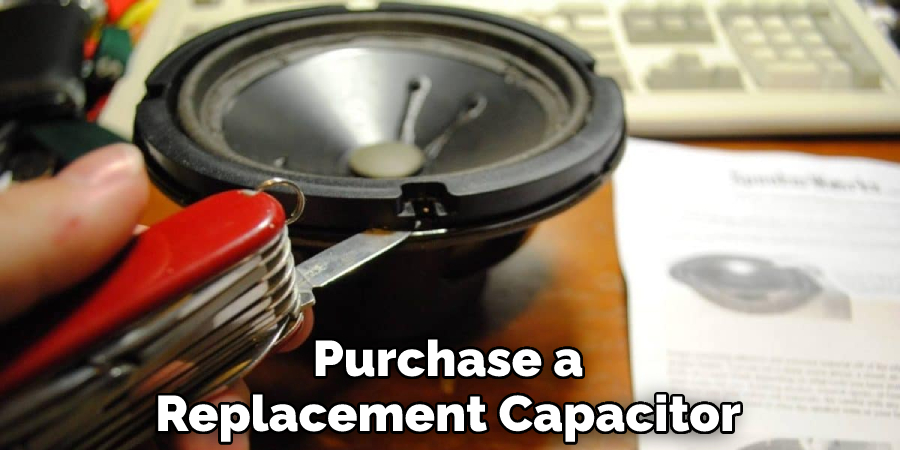
6. Clean the Connections
If the subwoofer’s connections are dirty, it can cause the subwoofer to blow. You’ll need to clean the connections and make sure they’re free of dirt and debris. First, disconnect the subwoofer from the power source. Next, remove the screws that hold the speaker in place. Be careful not to lose the screws. Once the speaker is removed, you can access the connections. Use a cotton swab or a toothpick to clean the connections.
You can also use a can of compressed air to blow any dirt and debris out of the connections. Once the connections are clean, reattach the speaker and screw it back into place. Finally, reconnect the subwoofer to the power source and test it to see if it’s working correctly.
7. Check the Subwoofer’s Settings
If the subwoofer is still not working, you may need to check the subwoofer’s settings. First, make sure the volume is turned up. Next, check the crossover setting and make sure it’s set to the correct frequency. Finally, make sure the phase is set to 0 degrees. If all of these settings are correct and the subwoofer still isn’t working, you may try changing the setting to see if that fixes the problem.
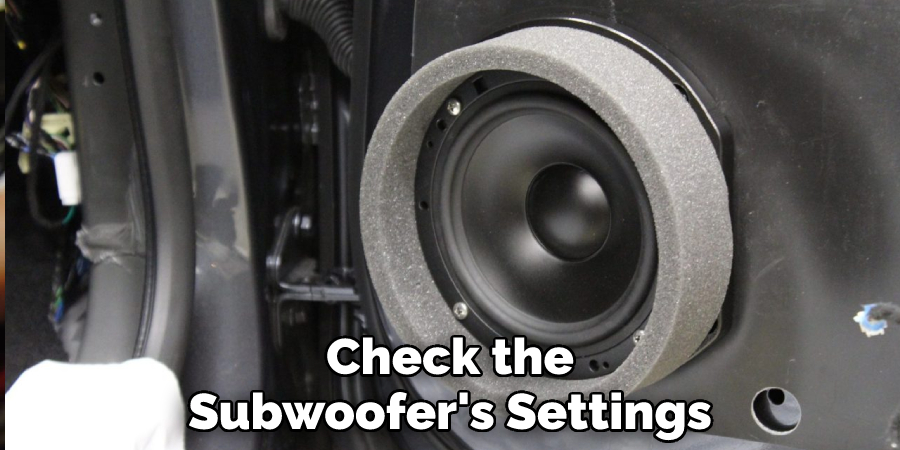
8. Call a Professional
If you’ve tried all of these things and the subwoofer still isn’t working, you may need to call a professional. A professional can help you diagnose the problem and fix it. They may also be able to offer advice on how to prevent the problem from happening again in the future.
You Can Check It Out To Fix Subwoofer Popping Noise
How Much Does It Cost to Fix a Blown Subwoofer?
The cost of fixing a blown subwoofer will vary depending on the cause of the problem. For example, if the problem is a blown fuse, it will be relatively inexpensive to fix. However, if the problem is a blown capacitor, it will be more expensive to fix. Replacing a capacitor can range from $30 to $100. The cost of hiring a professional to fix the problem will also vary depending on the extent of the damage. Generally, the cost of hiring a professional to fix a blown subwoofer will range from $50 to $200.
Tips and Warnings on How to Fix a Blown Subwoofer
Tips
- Use a multimeter to check the subwoofer’s voice coil for continuity. If there is no continuity, the voice coil is blown and needs to be replaced.
- Inspect the subwoofer’s cone for any holes or tears. If the cone is damaged, it will need to be replaced.
- Check the subwoofer’s surround for any cracks or holes. If the surround is damaged, it will need to be replaced.
- Inspect the subwoofer’s basket for any cracks or breaks. If the basket is damaged, it will need to be replaced.
Warnings
- Do not attempt to fix a blown subwoofer if you are unfamiliar with electrical repairs.
- Always disconnect the subwoofer from its power source before beginning any repairs.
- Always wear safety goggles when working with electrical components.
- Never use your bare hands to test for continuity. Always use a multimeter.
- Do not attempt to repair a subwoofer if it is still under warranty. Doing so will void the warranty.
- If you are not confident in your ability to safely and correctly fix a blown subwoofer, please consult a professional.
How to Prevent a Blown Subwoofer
1. Keep the Subwoofer’s Volume at a Reasonable Level
The volume of the subwoofer should be kept at a reasonable level in order to prevent the subwoofer from blowing. If the volume is too high, the subwoofer will be overworked and will eventually blow. Try to keep the volume at a level that is comfortable for you and your ears.
2. Use the Subwoofer sparingly
The subwoofer should not be used excessively in order to prevent it from blowing. If the subwoofer is used too often, it will eventually blow. Try to use the subwoofer only when it is necessary.
3. Turn the Subwoofer Off When Not in Use
When the subwoofer is not in use, be sure to turn it off. This will help prevent the subwoofer from blowing. If the subwoofer is left on, it will eventually blow. Avoid this by turning the subwoofer off when it is not in use.
4. Keep the Subwoofer Clean
Keeping the subwoofer clean will help prevent it from blowing. Dust and dirt can accumulate on the subwoofer and cause it to overheat. This will eventually lead to the subwoofer blowing. Try to clean the subwoofer every few months to prevent this from happening.
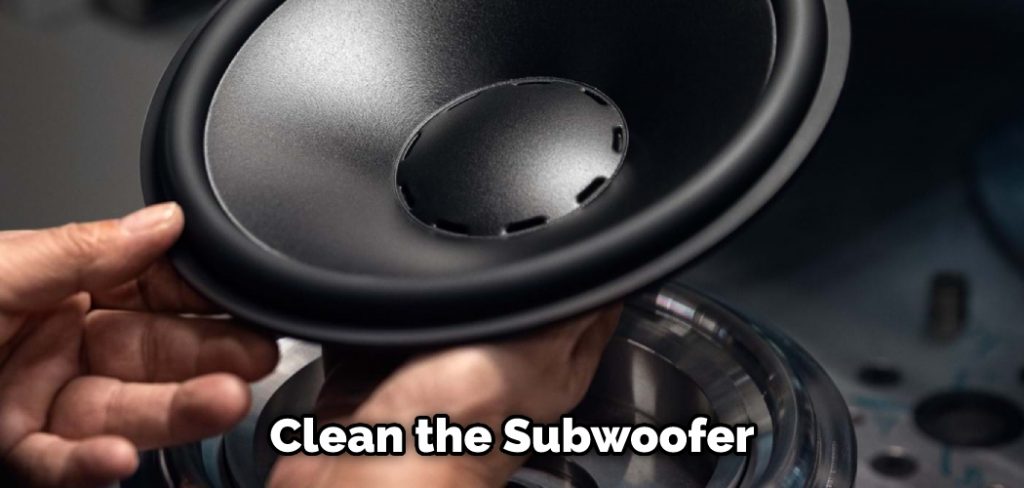
5. Do Not Use the Subwoofer Without an Amplifier
The subwoofer should not be used without an amplifier. Using the subwoofer without an amplifier will cause the subwoofer to blow. The amplifier provides the power that the subwoofer needs to operate. Without an amplifier, the subwoofer will eventually blow.
6. Use the Subwoofer With a Protective Cover
Using the subwoofer with a protective cover will help prevent it from blowing. The cover will protect the subwoofer from dust and dirt. It will also protect the subwoofer from being damaged. Try to use a cover that is made specifically for the subwoofer.
Frequently Asked Questions
Can A Blown Subwoofer Be Repaired?
A blown subwoofer can be repaired, but it will likely require some professional help. This is because a blown subwoofer typically involves the driver’s cone being damaged or completely ruined. In most cases, this results in loss of bass output and necessitates the replacement of the entire speaker system.
If you’re able to detect that your subwoofer is not producing adequate bass levels, then you should try adjusting the EQ settings on your audio player or TV. If that doesn’t work, then you may need to contact an experienced sound technician for repair services.
Is It Worth Repairing A Subwoofer?
Depending on the type of subwoofer, it may or may not be worth repairing. If you are unsure whether or not it needs to be repaired, then you should either consult a professional or do some online research to see if anyone has experienced any issues with the same model of the subwoofer in the past.
If you decide that it is necessary to repair your subwoofer, there are a few things that you will need before starting. These include accurate measurement of where and how deep the damage is; a basic understanding of sound waves and audio theory; tools (including soldering iron and wire cutters); knowledge about speaker system design; and patience!
Once everything is ready, begin by removing any debris from around the damaged area using a vacuuming cleaner followed by gentle cleaning with water and soap. Next, use strong Solder-alike Materials such as JB Weld™ to secure parts together while ensuring adequate contact between each layer.
Finally, apply sealant if desired and allow time for bubbles to dissipate before handling delicate equipment. Remember: always wear appropriate safety gear when working with electronic equipment!
What Happens To A Subwoofer When It Blows?
You might be wondering what happens to a subwoofer when it blows. The good news is that most subwoofers are designed to handle high levels of sound without issue. In fact, most of the time, when a subwoofer blows, it’s just due to normal wear and tears.
However, if you notice that your subwoofer is producing unusually loud sounds or distortion, it may be time to take it in for repairs or replacement. Blown subwoofers can damage speakers, amplifiers, and even other equipment in your system – so it’s important to take them into consideration whenever they start making too much noise!
Why Is My Sub Crackling?
There are many possible causes for a subwoofer to crackle, and the most common ones include improper installation, incorrect wiring, water damage, or poor quality materials. If you’re experiencing this issue, it is important to heed the following tips:
- Check your wiring – Make sure that all of your wires are securely connected and properly sized for the task at hand.
- Avoid wet environments – Keep your subwoofer away from any potential sources of moisture like rain gutters or overflowing sinks.
Conclusion
So there you have it. These are some tips on how to fix a blown subwoofer. If you follow these tips, you should be able to fix the problem. However, subwoofer problems can be very expensive to fix. If you are not confident in your ability to fix the problem, please consult a professional. Thanks for reading!
